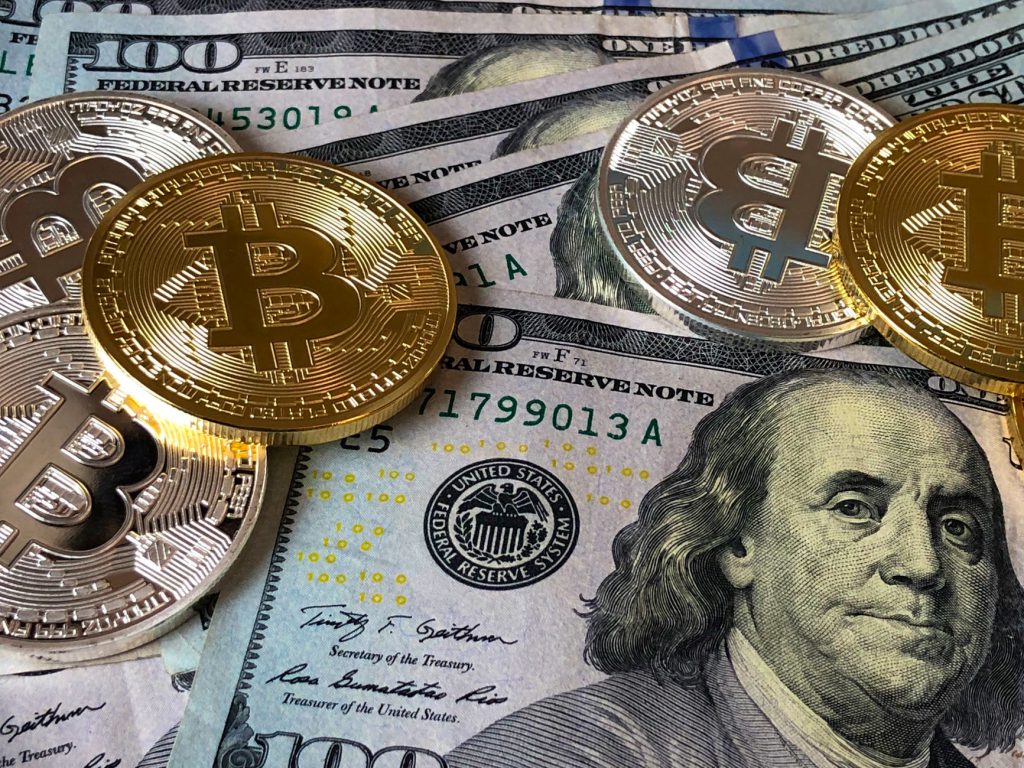This Week in a nutshell (Aug 29th to Sep 2nd)

Technical talks
NIFTY opened the week on 29th August at 17,189 and closed on 2nd Sep at 17,540. During the week, NIFTY was up 2.0%. Index has breached 50-week moving average on the weekly chart with RSI at 58. Immediate support for the index stands at 17,137 and resistance at 17,559.
Among the sectoral indices, Realty (+3.0%), Auto (+2.2%), and FMCG (+2.1%) were the top gainers during the week. IT (-3.4%), Pharma (-0.7%) and Metal (-0.3%) were the top losers in during the week.
Weekly highlights
- Wall Street was bleeding this week. The downfall started as investors were worried about the Federal Reserve’s determination to aggressively hike interest rates to fight inflation even as the economy slows.
- Fed Chair Jerome Powell told the Jackson Hole central banking conference in Wyoming the Fed would raise rates as high as needed to restrict growth and keep them there “for some time” to lower inflation running at more than three times the Fed’s 2 percent goal.
- The Fed’s stance worsened concerns about an economic slowdown and caused a significant selloff in the US market with the spillover roiling markets around the world.
- The downwards rally continued as a rise in job openings fuelled fears the U.S. Federal Reserve has another reason to maintain its aggressive path of interest rate hikes to combat inflation.
- On Thursday, US investor focus turned to a key report on the labor market. The weekly jobless claims fell more than expected to a two-month low last week and layoffs dropped in Aug-22, giving the Fed a cushion to continue raising rates to slow the labor market.
- The S&P 500 ended the week with a loss of 3.3%. The index fell 1.1% on Friday after early gains from a U.S. jobs report as worries about the European gas crisis began.
- The global markets continued to be in red as weak Chinese data and new Covid-19 lockdowns in China weighed on sentiments and on deepening worries about aggressive rate hikes and record-high inflation in the Euro region.
- Japan’s jobless rate was steady at 2.6 percent in July, while the availability of jobs grew for the seventh straight month to a more than two-year high, government data showed on Tuesday.
- Back home, the Indian market remained volatile during the week. It had a gap up opening and recovered quickly due to weak global cues, spooked by the aggressive stance taken by the US Fed to tame inflation that triggered fresh worries about interest rate hikes. This also increased the concerns over the possible withdrawal of foreign funds from Indian markets.
- Auto stock gave positive returns this week amid reporting of Aug-22 sales volumes by auto companies. New product launches and shortage of semiconductors easing helped companies to step up production ahead of the festive season that kicked in with Ganesh Chaturthi on Wednesday. In domestic retail, Passenger Vehicles sales were up ~7% MoM and 2W sales rose ~3% MoM. On commercial side, 3W sales grew ~11% MoM with CV sales flat MoM.
- India’s GDP growth rate was 13.5 percent in April-June as compared to 4.1 percent the previous quarter, data released on 31st Aug-22 by the Ministry of Statistics and Programme Implementation showed. The growth was pulled down by the poor show of the manufacturing sector, which reported a paltry 4.8 percent expansion in 1QFY23, negating the robust show by the services sector.
- Oil prices tumbled below USD 100 per barrel on fears over slower economic growth due to renewed restrictions to curb COVID-19 in China and tighter monetary policy in US. West Texas Intermediate futures dropped 6.7% for the week and settled at USD 88 per barrel and Brent crude was at USD 93.95 a barrel.
- Reliance Industries Ltd (RIL) held its 45th annual general meeting where it announced the plans to invest Rs 2 tn to set up a 5G network across India and has ear marked Rs 750 bn to expand its petrochemical capacity.
- The foreign institutional investors (FIIs) were net buyers for the week as they purchased equities worth Rs 13,062 mn. Domestic institutional investors (DIIs) were net sellers as they offloaded equities worth of Rs 2,307 mn during the week gone by.
Things to watch out for next week
- For the energy sector, a crucial OPEC+ meeting at the start of the week could decide the near-term fate of oil prices, while the global gas industry gathers in Milan to weigh the enormous pressures caused by Russia’s invasion of Ukraine and soaring fuel costs.
- India’s bank deposit growth and foreign exchange reserves would be the key data points to track. IPOs and The European Central Bank policymakers meet to take a call on interest rates would set the mood for the market.
